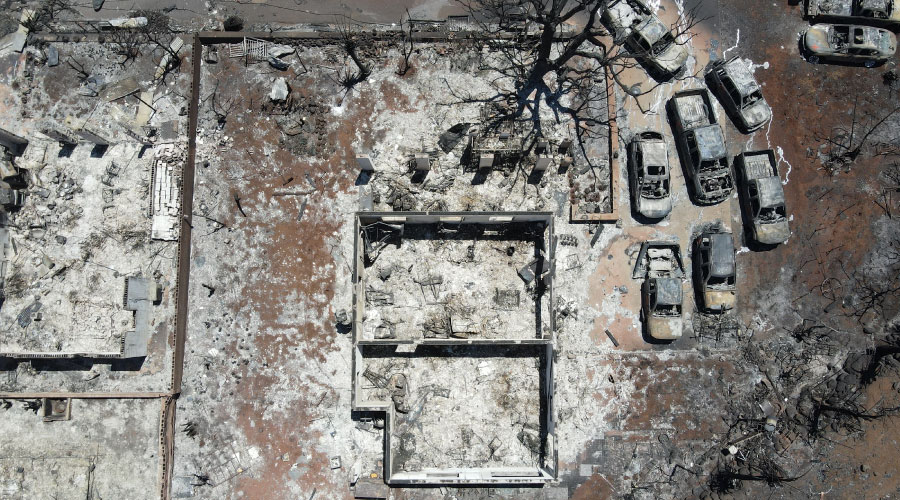
COVID-19 Shuts Down School Districts
Districts recently cancelled in-person learning as local officials report drastic drops in student and teacher attendance attributed to COVID-19. September 1, 2023
By Dan Hounsell, Senior Editor
It’s baaaaaack.
In reality, as maintenance and engineering managers know, COVID-19 never really went away. And as several school districts recently found out, the number of new cases is actually affecting attendance and school operations.
Three U.S. school districts recently cancelled in-person learning as local officials report drastic drops in student and teacher attendance attributed to COVID-19 and other illnesses, according to USA Today.
Two school districts in Kentucky announced in-person closures, citing a rise in illness among staff and students. Magoffin County Schools said all schools closed for two days due to widespread illness. School officials said attendance has been quite low in the past week, and a mixture of viruses, including COVID-19 and influenza, motivated the closure.
Lee County School District announced illness-related closures for two days recently, and non-traditional instruction, for two additional days. Officials said there had been an increase in respiratory illnesses, and a significant drop in attendance motivated the closures.
Scott Lockard, public health director for the Kentucky River District Health Department, which serves Lee County and six others in eastern Kentucky, said that ever since the pandemic started, there has generally been a rise in illnesses when schools first go back into session as people return to large gatherings.
Runge Independent School District in Southern Texas announced a weeklong closure due to illnesses. 10 of the district’s 43 staff members had tested positive for COVID-19 recently, according to the district’s online COVID-19 tracker.
Dan Hounsell is senior editor for the facilities market. He has more than 30 years of experience writing about facilities maintenance, engineering and management.
Next
Read next on FacilitiesNet












